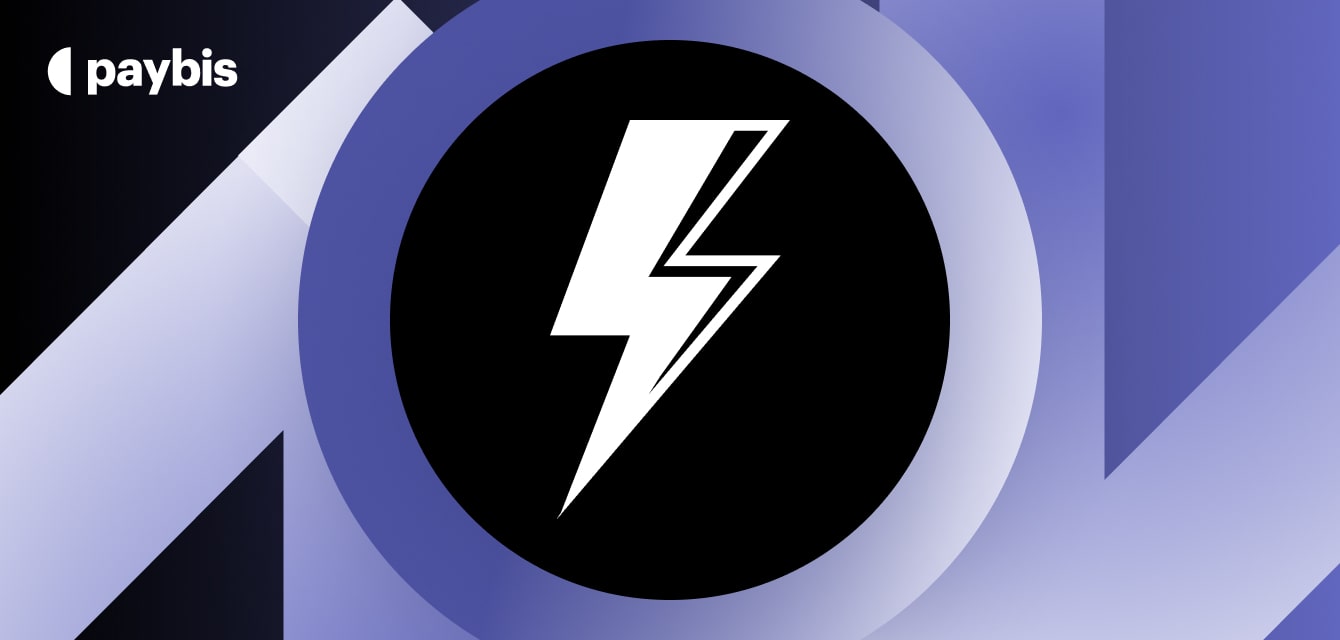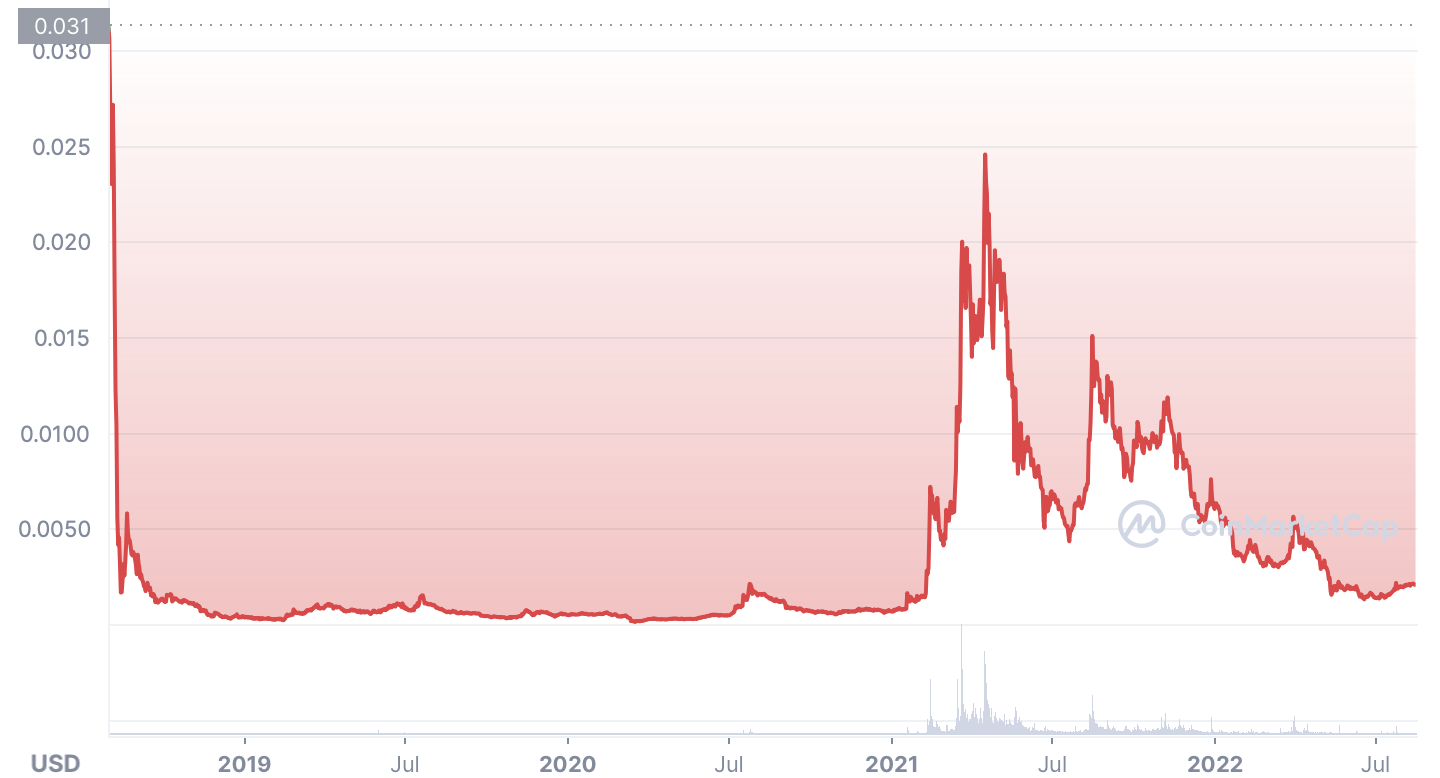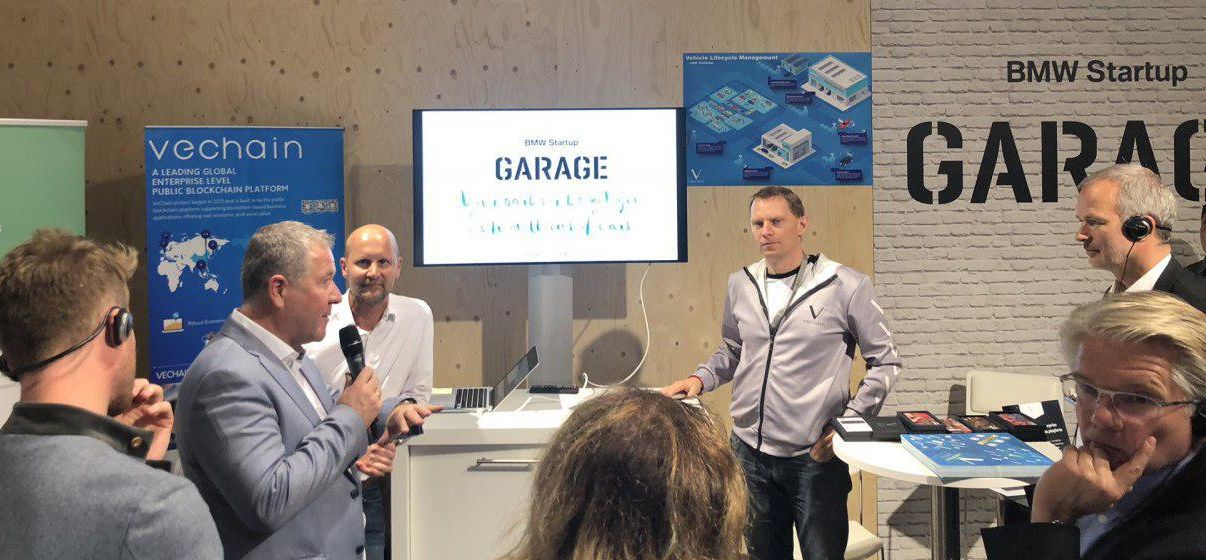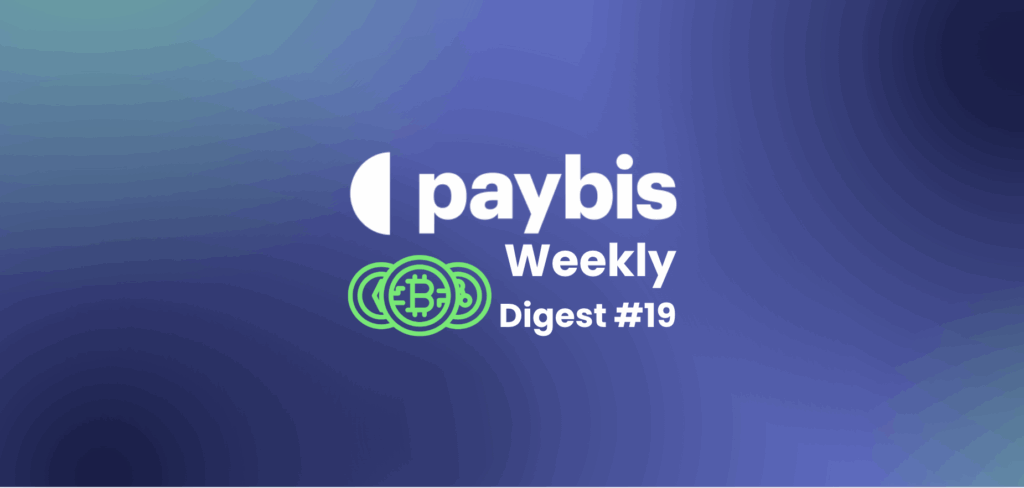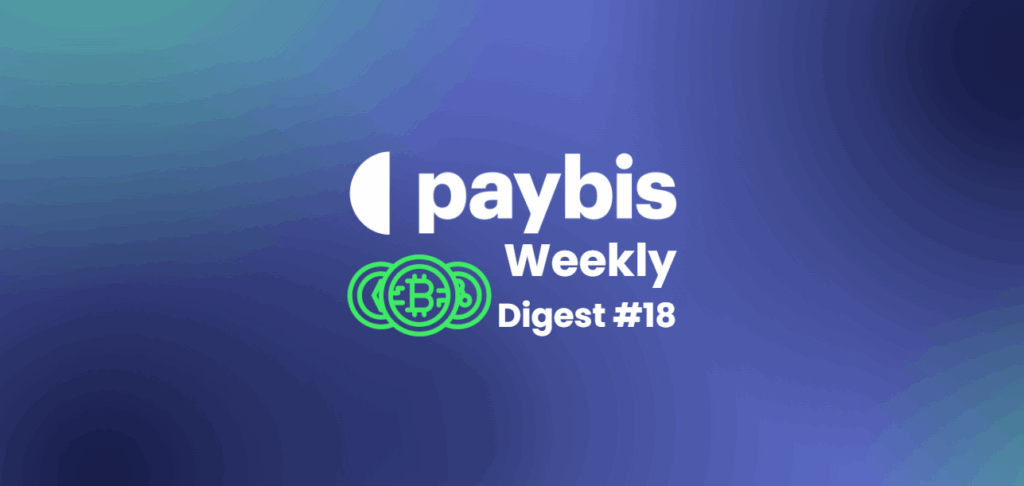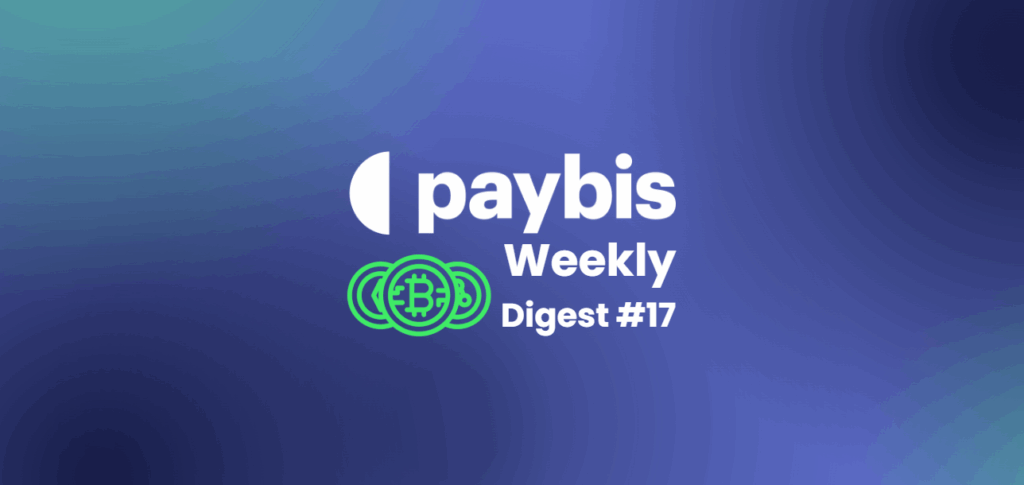VeThor Token Price Prediction: Twice As Good?
If one token is good, surely two would be better, right? Maybe this was the reasoning behind the VeChain project. It features a unique dual token system: VeChain Token (VET) and VeThor Token (VTHO).
Both tokens are interdependent, but they aren’t pegged to each other. Their market value can and does move independently. VET is easily the most popular of the two: at the time of writing, it’s the 32nd largest crypto by market cap, with VTHO sitting far below it at 274th place.
In fact, VET is so popular that we’ve already covered it before on this blog. It’s now time to do a deep dive on VET’s younger sibling, VTHO. What’s the deal with the dual token system, can VTHO catch up with VET and what does it mean for VeThor token price prediction? Let’s find out!
Table of contents
VTHO Price Prediction: A Tale of Two Tokens
The VeChain platform was founded by Sunny Lu, a Chinese business executive who previously held high-ranking positions in Bacardi China and Louis Vuitton China. Seeing the potential in blockchain technology, he founded the VeChain platform in 2015.
Its current incarnation, however, is somewhat younger, as the platform underwent rebranding in 2018. This was also when the dual token system was introduced.
There’s a reason why we mention Mr Lu’s background: it probably inspired the overall focus of the project. It is an enterprise-oriented platform that bills itself as “Blockchain-as-a-Service” for transparent supply chain management.
Much like other as-a-service offerings, it aims to deliver an enterprise product in a service package. Businesses would not have to build the supply chain management blockchain themselves; instead, they could simply take advantage of VeChain’s offering.
We’ll get to possible uses of blockchain-based supply chain management later. For now, let’s consider its distinguishing technical feature: the dual-token system.
As any crypto enthusiast will tell you, the crypto market is renowned for its volatility – you could even say notoriously so. This, of course, makes it very attractive for speculative investments. Businesses, on the other hand, tend to value stability or at least predictability, which is in a markedly shorter supply.
VeChain tries to solve this. VET is the native token of the platform; it is used to move value across the chain, and its holders are rewarded with VTHO for their VET tokens. VTHO has a more specific role: it is used to pay for VeChain transactions. The tokens are consumed during the transactions, so the constant issue of new tokens does not necessarily increase their total circulation.
Both tokens are closely connected. While there wouldn’t be any VTHO tokens without VET, you could not execute any VET transactions without VTHO. In a way, VeThor Token is similar to Ethereum’s gas fee, the main difference being that it’s a separate token.
The marked difference in VET and VTHO market caps is not a bug; it’s a feature. The idea is that VET would be more attractive to market speculation, while VTHO, with its lower value, would keep the transaction costs more manageable.
Let’s look at VeThor Token’s price history to see if this has been the case.
VeThor Token Price History
VeThor token price hit its all-time high at launch in August 2018. This, however, seems to have been a bit of a glitch, as the token swiftly retreated from its launch price, eventually losing about two decimal points – going from USD 0.03 to USD 0.0003.
VTHO launched at an all-time high, but it has seen its ups and downs since. Graph: CoinMarketCap
Once it settled in this price range, it saw limited movement until July 2020, when it went from USD 0.0003 to more like USD 0.002. This, however, was dwarfed by its next rally in early 2021: in a matter of months, it peaked at 0.0246 – almost repeating its launch ATH. So maybe it wasn’t really a glitch, after all.
Note that, even though VTHO was specifically created to keep the transaction costs less volatile, its actual value has seen plenty of movement. Moreover, its value relative to VET has fluctuated from 1:5 up to 1:35 – or even higher at times.
The 2022 crypto price decline hasn’t been too kind to VeThor Token; moving broadly in sync with the market, it lost much of its value. By mid-2022, it was back near the USD 0.002 range where it stood at the very beginning of its 2021 bull run. Note that you can always track the latest VTHO rates with our VeThor Token calculator.
VeThor Token 2024 Price Overview 2024
Attracting new developers has often been a key issue for blockchain platforms. “Build it and they will come” doesn’t always work when you need to attract new builders. To get the ball rolling, VeChain Foundation has introduced a grant program. Independent developers can apply and receive up to USD 30,000 for each application. These can include but aren’t limited to, such crypto staples as NFTs, DeFi projects, and DAOs.
You can check out the current status of Vechat apps on the VeChain App Hub. It indeed lists a growing number of VeChain projects, although it tends to focus on NFT projects.
To review the price changes, In 2024, VeThor showed notable price movements that were influenced by different market dynamics. At the beginning of 2024, users could trade the toke for approximately $0.0023.
Throughout the year, like most cryptos, the price of VeThor fluctuated but not in a significant way, ending the tear with around $0.0030, a slight increase compared to the beginning of the year.
VeThor Token Price Prediction for 2025
As for prices, the beginning of 2025 saw the trading price of VeChain stand around $0.004803, marking an upward trajectory for this token.
Now, NFTs and stablecoins are all interesting projects, and the dual token system is a nice technical feature. But what about the stated purpose of VeChain: becoming a business-oriented platform for supply chain management? If we want to look at longer term predictions, such as VeThor Token price estimate 2025, we must consider it as well.
An overview of all the partnerships VeChain has announced shows that it has bagged deals with a number of major corporations. Most importantly, it suggests VeChain has clear use cases in mind and is building the right partnerships to make them happen.
For starters, it has enlisted some companies with large client bases that could then offer VeChain’s products to their own customers. These include such industry heavyweights as PriceWaterhouseCooper.
It is also targeting companies that are in the supply chain business; these include such transport and logistics giants as DB Schenker and Kuehne + Nagel.
VeChain is also working with upmarket goods companies — which, of course, again reflects Mr Lu’s background. This category includes Chinese wine importer Direct Imported Goods, German car maker BMW and Mr Lu’s previous employer LVHM, the owners of the Louis Voitton brand.
Finally, it even has some partnerships with retailers that focus on mass markets; these include Walmart China and the Swedish fast fashion brand H&M.
VeChain is part of BMW’s Startup Garage program: it is an important partnership, but it’s not yet ready for prime time. Photo: VeChainInsider
There’s an important caveat, though: in most cases, this means partnerships that may come to fruition later in the future, not actual products that are already in use. For example, the BMW partnership explicitly states: “As a “venture client”, the BMW Group becomes a customer of the startup at a time when the product, technology or service is not yet ready for the market.”
In other words, there is interest from these companies and the first steps in this direction, but BMW isn’t actually launching any cars with VeChain-powered traceability features anytime soon.
VeThor Token Price Estimate for 2030
The question, then, is – can VeChain actually deliver value to its partners? This finally brings us to use cases for blockchain-based supply chain management.
The obvious customers seem to be transport and logistics companies. They could move their existing supply chain management systems on the blockchain, and VeChain would be there to provide this service.
Still, it’s probably a bit easier said than done. A major logistics company already has its own management system. At one point in the future, a blockchain-based system may provide a clear advantage, prompting them to switch.
One possible starting point would be a smaller system with a more limited purpose – and, once again, this is exactly the direction where VeChain is going. For example, it has built a supplier evaluation system for DB Schenker in China. Rather than trying to move its entire global operations on the blockchain, it has started with a system that allows DB Schenker to evaluate its third-party suppliers more effectively.
Another use – and potentially a major one – is to provide full traceability for consumer goods. The wine importer mentioned earlier plans to use NFC tags on each bottle of wine. Their customers can then scan these with their smartphones to verify its authenticity.
Again, this is something the companies could power themselves – and, in fact, some of them do. Nevertheless, a simple, readily available solution would be easier to implement than building one from scratch.
Analysis From the Best VeThor Token Price Prediction Tools
Let’s now consider some specific price points. As always, these should be taken with a grain of salt. Don’t think of them as certain promises that VTHO will reach this exact price at this point. Rather, they provide some food for thought and some indicators for your own research.
Keeping this in mind, let’s look at the best VeThor Token price prediction tools to see their estimates for 2025 and beyond:
- Wallet Investor has a very bullish outlook on the token: it purports that it will continue to grow to $0.01056 by 2030.
- Price Prediction has essentially the same prediction: its 2025 price target also stands between $0.0071 to $0.0083 in 2025. Looking into the future, this provider speculates that the VeThor token can reach $0.0602 USD by 2030.
Of course, just because two price prediction sites come up with very similar predictions does not mean this is a more likely outcome. They could just be using similar price prediction algorithms, arriving at similar results. Your own research is always the key to crypto success.
Summing Up
The success of VeThor Token depends on the success of VeChain. This means two things: first, you must decide whether you believe in VeChain and, second, whether you think you should hold VTHO instead of VET – or in addition to VET.
What does this mean, then? Are VeChain and VTHO ready for a breakthrough – or will it remain more of a short-term fad? This is up to you to decide; after all, that’s the fun part. Whatever you decide, though, one thing is for sure: the crypto world has plenty of exciting and unexpected things going on, and it is well worth your attention.
FAQ
What’s the difference between VeChain token and VeThor token?
VeThor token is the native token of the platform. It comes with voting rights, and its holders receive VTHO for the tokens they hold. VeChain token is used to pay for transactions on the network; basically, it works much like Ethereum’s gas fee, but it’s a separate token.
Will the VTHO token disappear?
VTHO is an essential part of the VeChain platform; it could not run without it. Therefore, if the platform is going strong, there is no reason for the VeChain token to disappear.
It is possible that VeChain pivots again and abandons its dual-token system, but so far, there hasn’t been any indication that it aims to do so — in fact, it’s the unique selling point of the platform.
Can VeChain token reach USD 0.1?
Technically, this level should be within the token’s reach, although most price prediction sites note that it won’t happen within the next few years. The price of VTHO depends on the use of its platform: if there are more transactions on the VeChain platform, there would be more demand for VeChain token. Some things to watch out for would-be new projects on the platform, such as NFTs, dApps, and new tokens.
Is VTHO a better investment than VET?
Please note that we do not provide any investment advice here at Paybis. Both currencies aren’t pegged to each other, and their relative value has seen some notable moves. It’s up to you to decide, though, which one is more likely to outperform the other.
Should I invest in VTHO?
Once again, it’s up to you to decide. Before you invest, you must consider two things: first, do you believe VeChain has a future, and, second, whether you’d rather invest in VET or VTHO. Of course, it is perfectly possible to HODL both.
Disclaimer: Don’t invest unless you’re prepared to lose all the money you invest. This is a high‑risk investment and you should not expect to be protected if something goes wrong. Take 2 mins to learn more at: https://go.payb.is/FCA-Info
